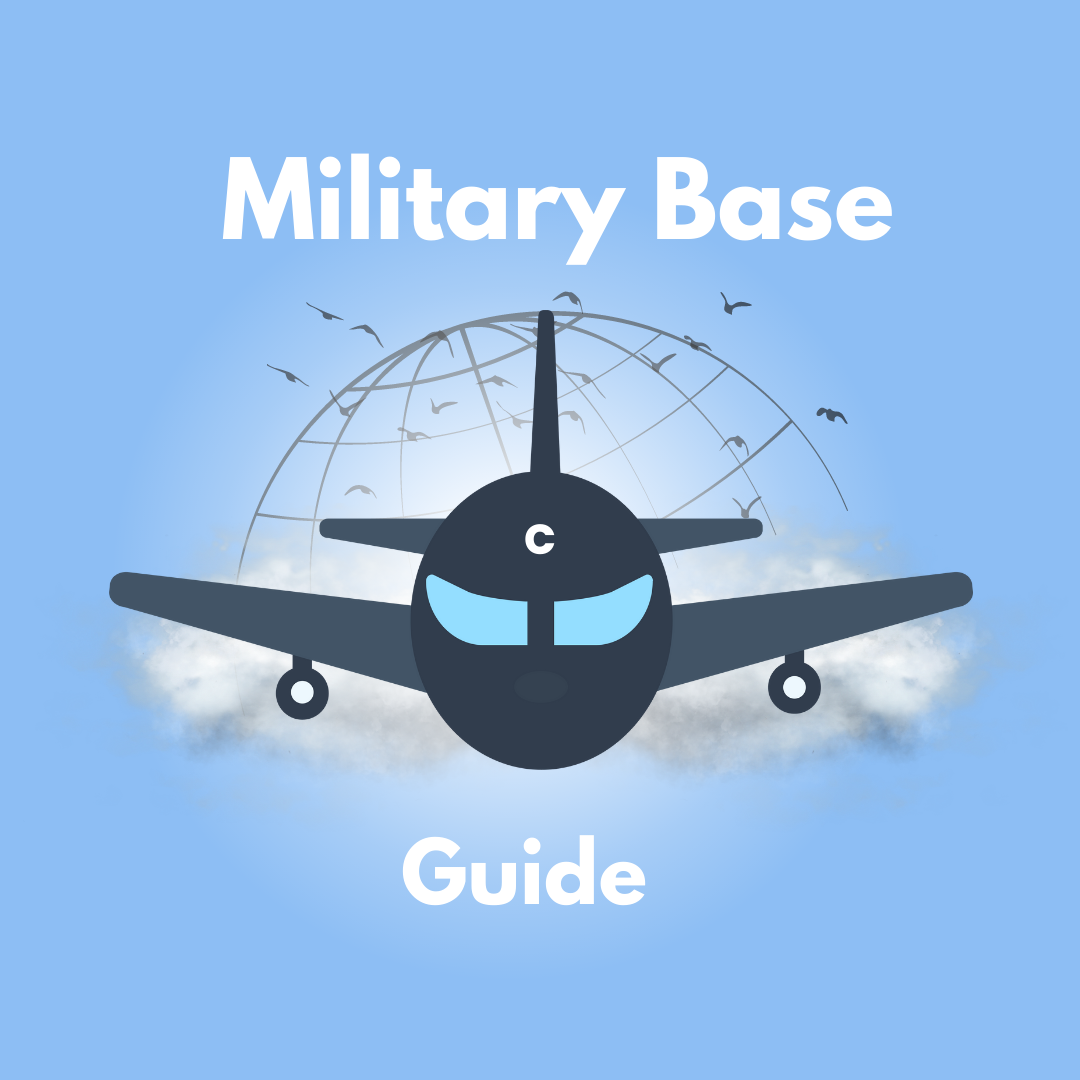The United States Air Force (USAF) has long been recognized as a legacy of excellence and innovation. Established on September 18, 1947, by the National Security Act, the USAF has played a crucial role in safeguarding U.S. interests, both at home and abroad.
From its humble beginnings as the Army Air Corps, the USAF has evolved into the world’s preeminent air and space force. It has consistently leveraged cutting-edge technology and pushed the boundaries of what is possible, redefining the concept of air power.
One of the key reasons for the USAF’s unparalleled success is its emphasis on excellence in education and training. The USAF Academy and Officer Training School produce an elite cadre of officers who are equipped with the skills and knowledge necessary to lead in times of conflict and crisis. Additionally, the USAF invests heavily in the education and professional development of its enlisted personnel, ensuring that they are equipped with the latest tools and techniques to excel in their roles.
Moreover, the USAF has always been at the forefront of technological innovation. It was the USAF that led the development of supersonic flight, with the iconic Bell X-1 becoming the first aircraft to break the sound barrier in 1947. Since then, the USAF has continued to pioneer advancements in aviation technology, from stealth aircraft like the F-117 Nighthawk to unmanned aerial vehicles (UAVs) that have revolutionized military operations.
Beyond aviation, the USAF has also been a trailblazer in space exploration. With organizations like the U.S. Space Force now under its umbrella, the USAF has been at the forefront of satellite development, space surveillance, and launching military payloads into space. The USAF’s continued investment in space technology ensures its ability to provide critical capabilities such as satellite communications, GPS, and weather forecasting for military and civilian purposes alike.
In addition to its technological innovations, the USAF has a long-standing commitment to humanitarian assistance and disaster response efforts. From delivering aid to earthquake-stricken areas to performing search and rescue operations during natural disasters, the USAF has consistently demonstrated its dedication to serving not only the American people but also those in need across the globe.
Furthermore, the USAF’s legacy of excellence can be seen in its strategic partnerships with other nations. Through international training exercises, joint exercises, and exchange programs, the USAF has built strong alliances with air forces around the world. This collaboration ensures interoperability and enhances collective security, enabling the USAF to tackle global challenges more effectively.
As the world continues to evolve, the USAF adapts and evolves with it. This legacy of excellence and innovation sets the USAF apart as a force capable of meeting any challenge head-on. With a commitment to serving the nation and its allies, the USAF continues to shape the future of air and space power, ensuring that it remains at the forefront of technological advancements and maintaining its position as a guardian of global security.
In conclusion, the United States Air Force has a rich legacy of excellence and innovation. Its commitment to education, technological advancements, and strategic partnerships has made it the world’s leading air and space force. The USAF’s dedication to service, both in times of conflict and during humanitarian missions, is a testament to its enduring legacy and its ability to adapt to the ever-changing global landscape.
